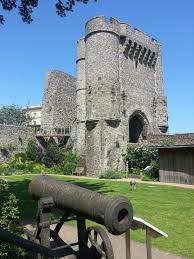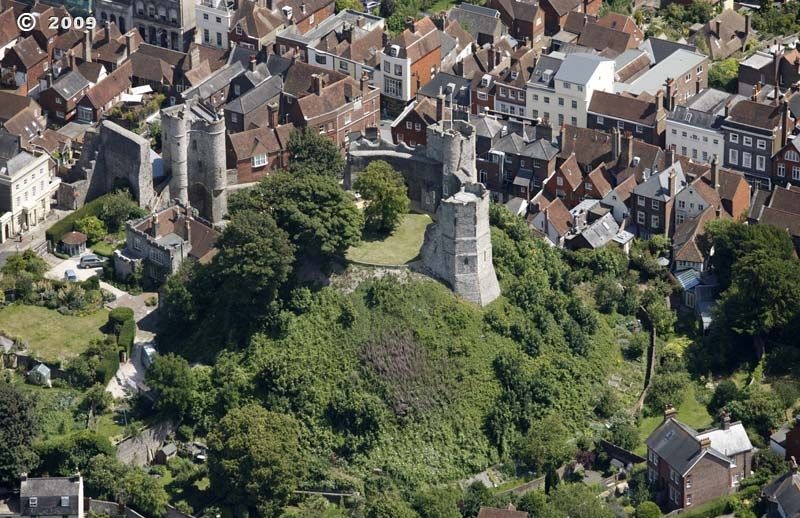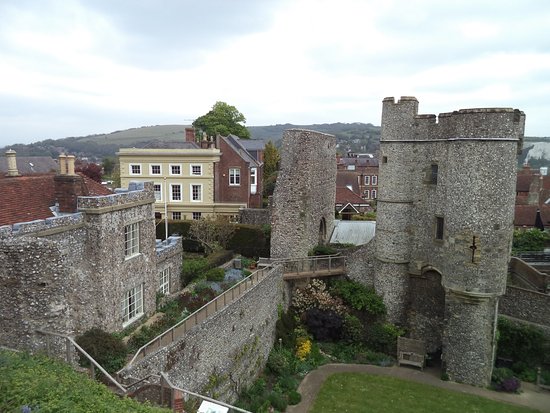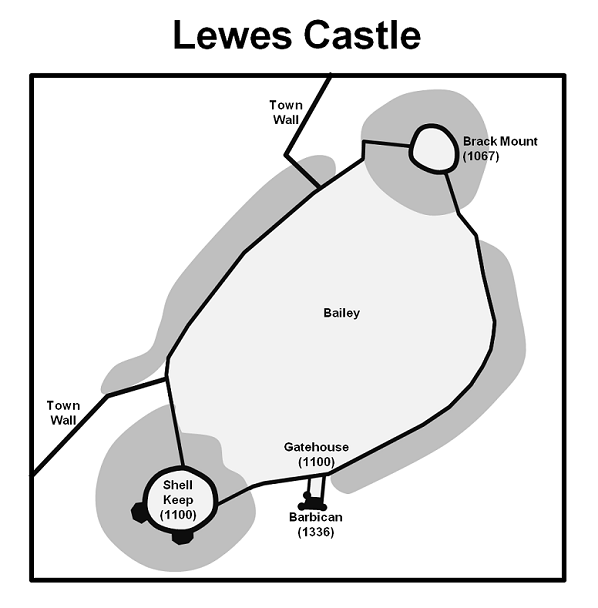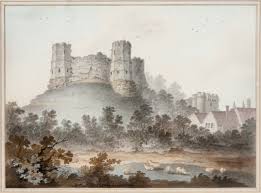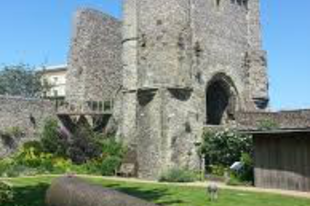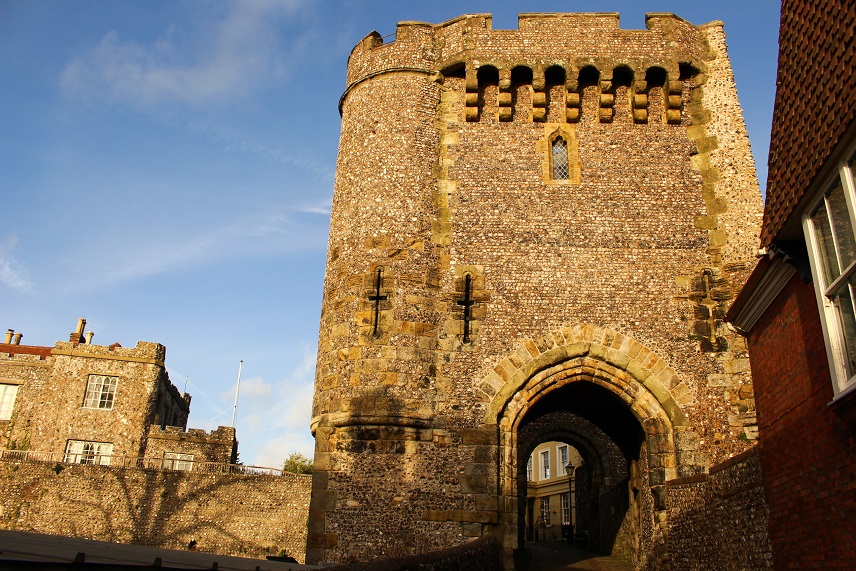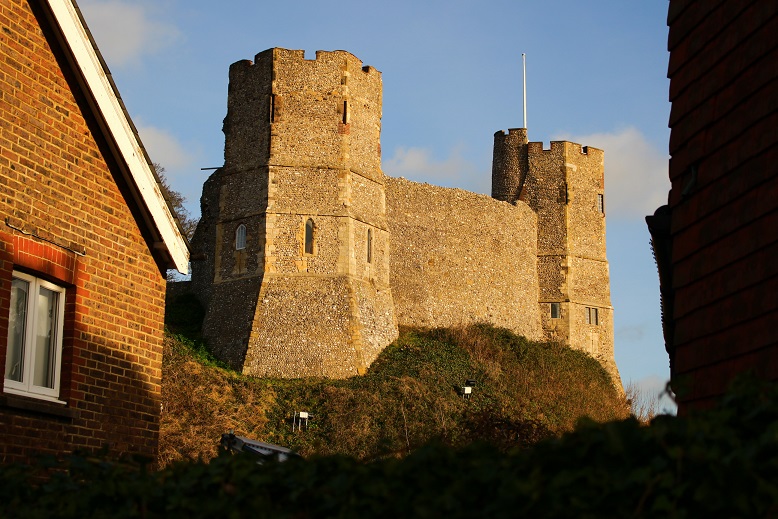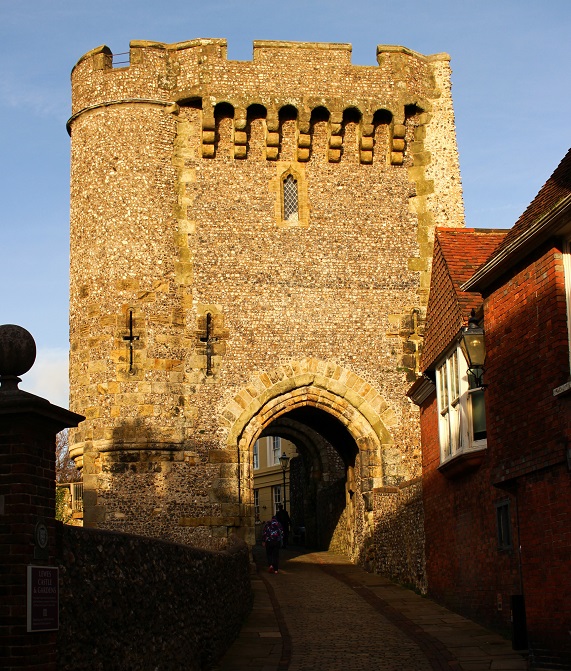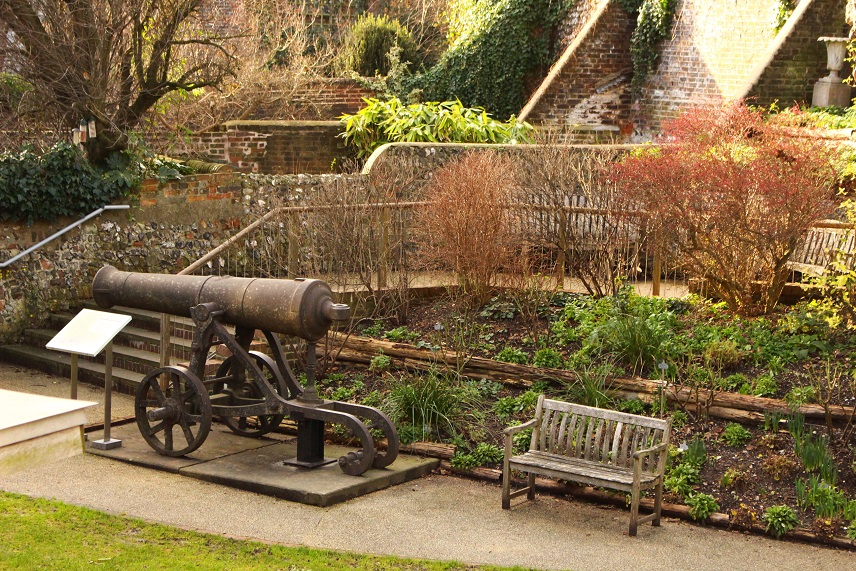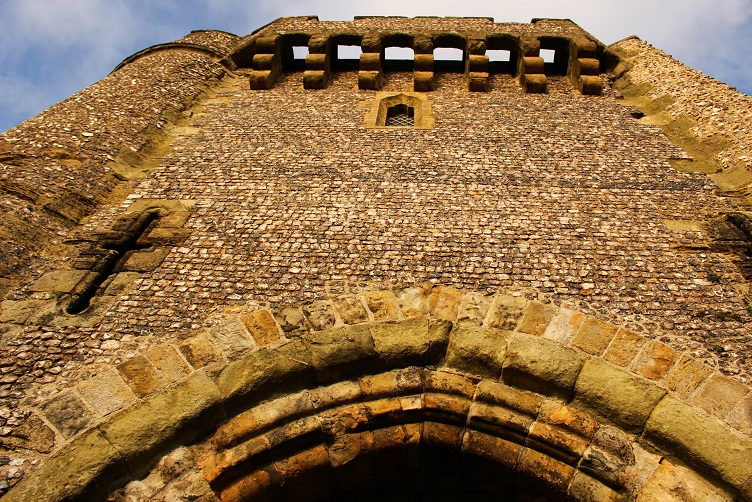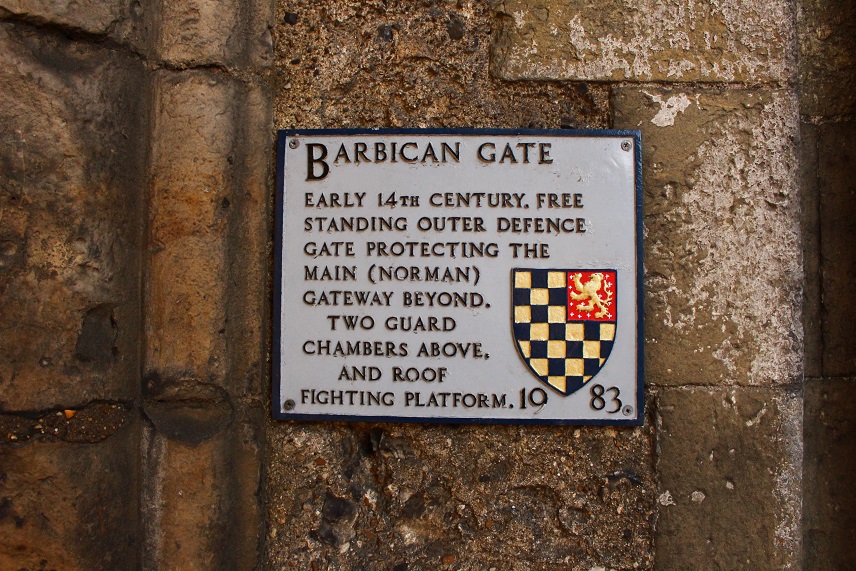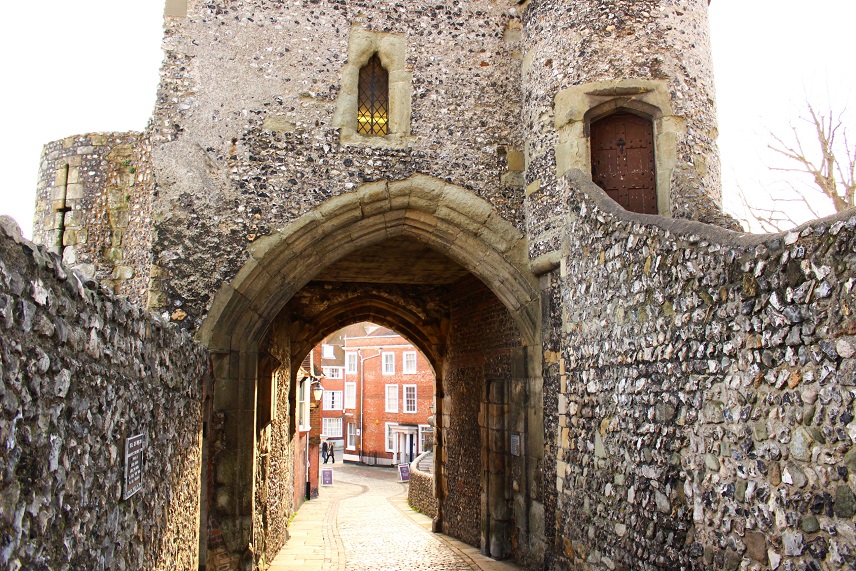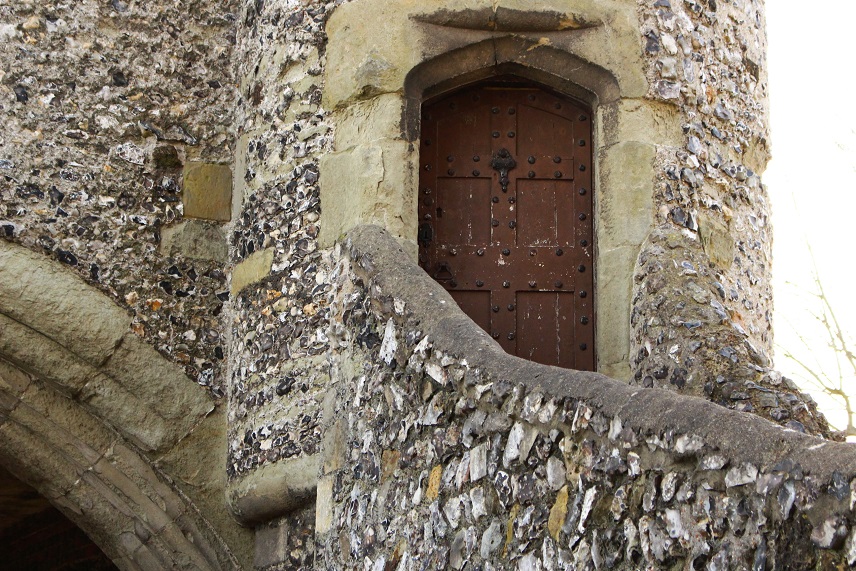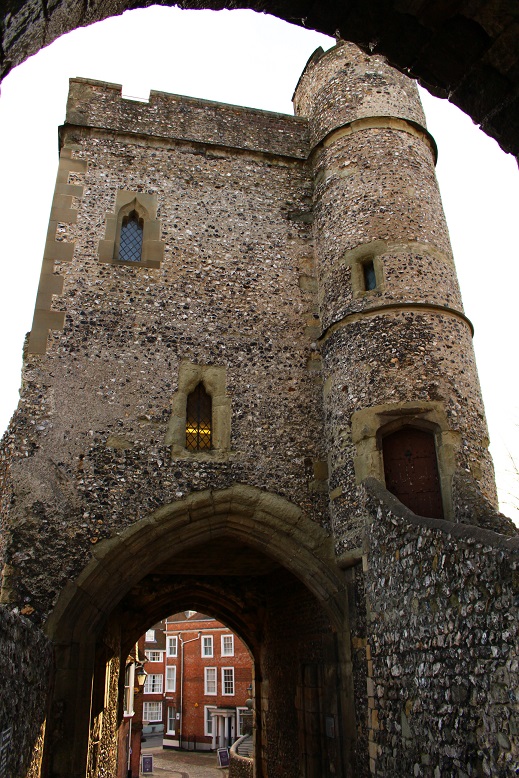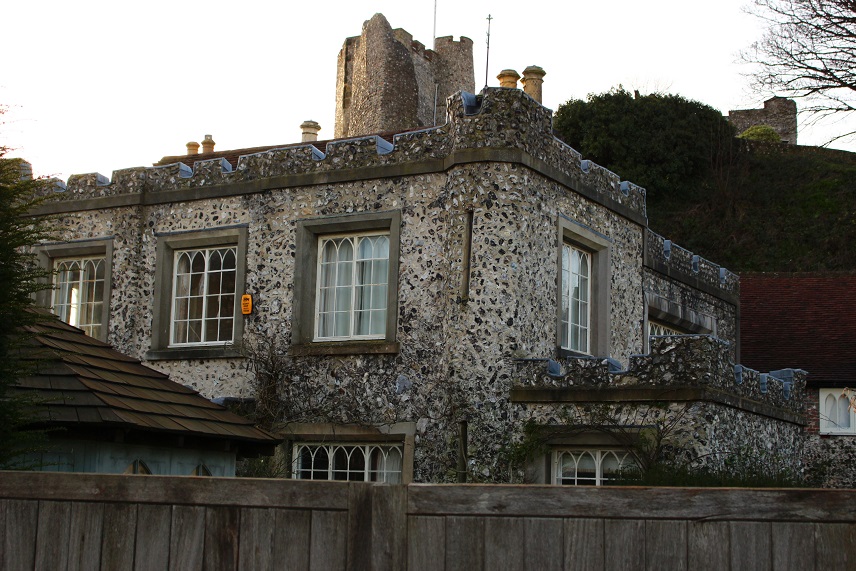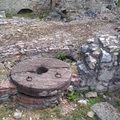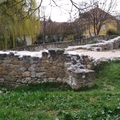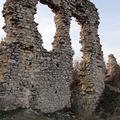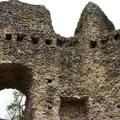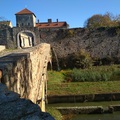Lewes-kastély egy középkori vár, Lewes városában, Angliában, Sussex-ben. Eredetileg Bray-kastélynak nevezték, amely az Ouse folyó által levágott South Downs-ban lévő térséget őrző, Lewes és Cliffe városa által elfoglalt helyet foglalja el.
A Lewes-i főutcától északra fekvő, mesterséges dombon áll, és helyi mészkőből és tömbökből épült. A helyszín első erődítménye fából készült, később kővé alakították. Szokatlan, hogy a motte és a bailey tipusú vár két földvárral rendelkezik. Ez az egyik a kettőből ami az országban maradt, a másik Lincoln. A Barbican különösen jó példa a típusára.
A Lewes-kastélyt 1069-ben építették, William de Warenne. William de Warenne és leszármazottai is építettek kastélyokat Reigate-ban, Surrey-ben (Reigate-kastély), Yorkshire-ben (Sandal Castle és Conisbrough Castle) és Norfolkban (Castle Acre). Amikor az utolsó Warennes John, a 7. Earl meghalt 1347-ben, a Lewes Priory-ban temették el. Címét átadta Richard Fitzalan unokaöccsének, aki szintén Arundel Earl volt.
Lewes Castle is a medieval castle in the town of Lewes in East Sussex, England. Originally called Bray Castle, it occupies a commanding position guarding the gap in the South Downs cut by the River Ouse and occupied by the towns of Lewes and Cliffe.
It stands on a man-made mount just to the north of the high street in Lewes, and is constructed from local limestone and flint blocks.The first fortification on the site was a wooden keep, later converted to stone. It is unusual for a motte and bailey construction in that it has two mottes. It is one of only two such remaining in the country, the other being Lincoln. The Barbican is a particularly fine example of its type.
Lewes Castle was built in 1069 by William de Warenne, 1st Earl of Surrey. William de Warenne and his descendants also had estates and built castles in Reigate, Surrey (Reigate Castle), in Yorkshire (Sandal Castle and Conisbrough Castle) and in Norfolk (Castle Acre). When the last of the Warennes John, the 7th Earl died without issue in 1347, he was buried in Lewes Priory. His title passed to his nephew Richard Fitzalan who was also Earl of Arundel.
